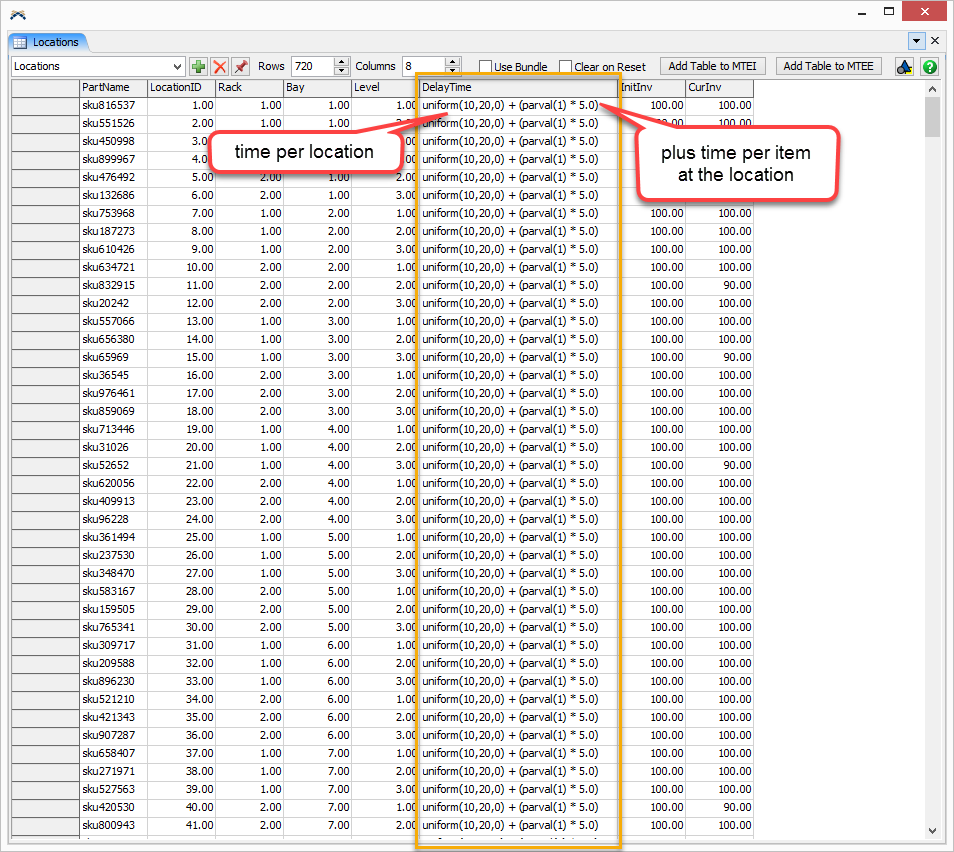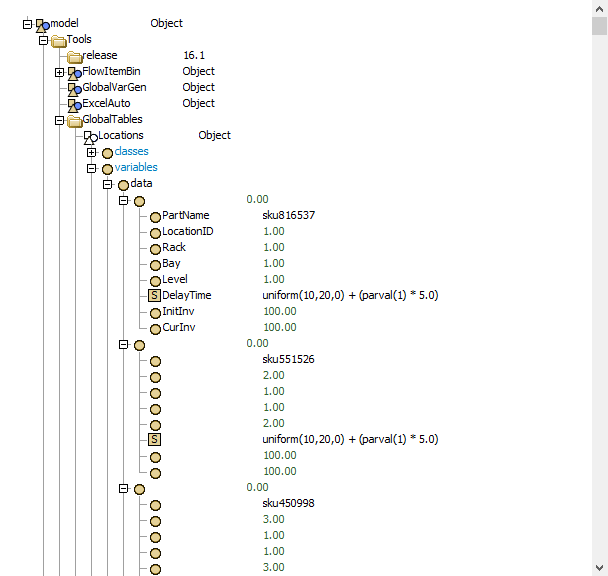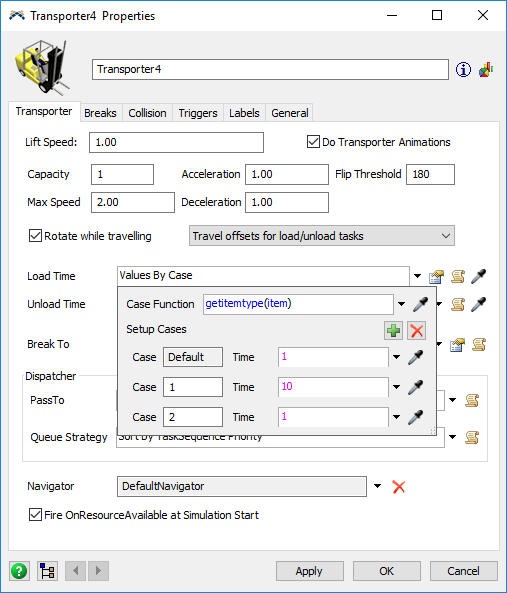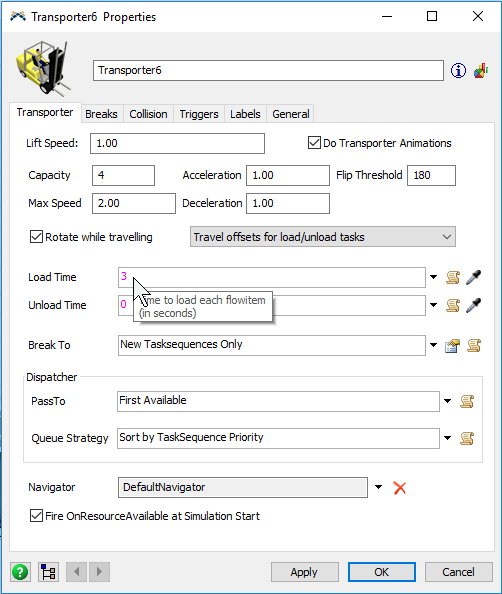Hi,
I’m building a model were I try to replicate parts of the attached model (warehouse picking demo from a previous question). Unfortunately, I’m struggling with implementing pick time per item. When I increase the amount to be picked at a given location the transporter does not use more time at the station. I find this a bit strange as it should take more time to pick 5 items compared to 1.
Does anyone know where in the model the loading time per flow item is decided?
Thanks in advance :)







